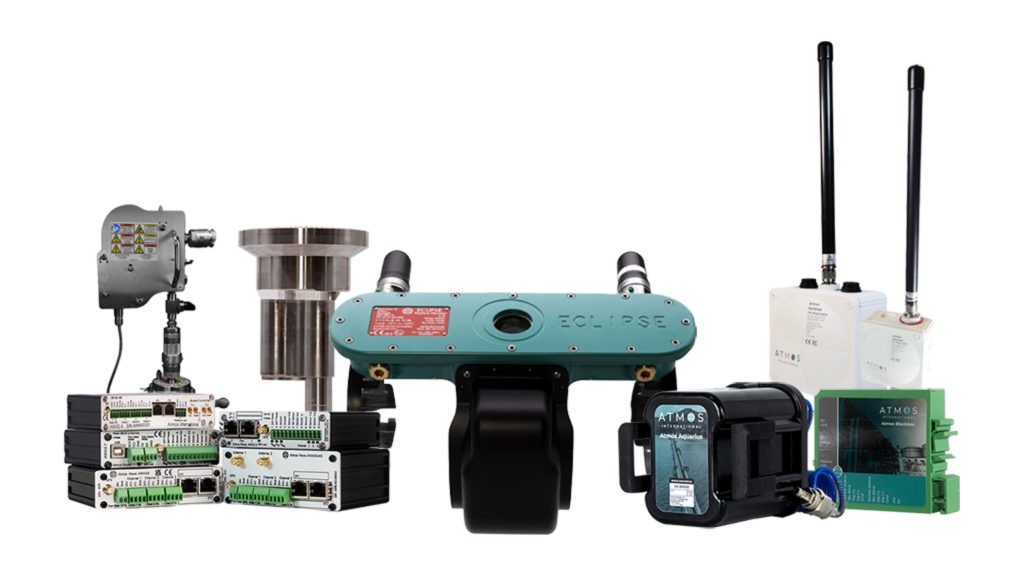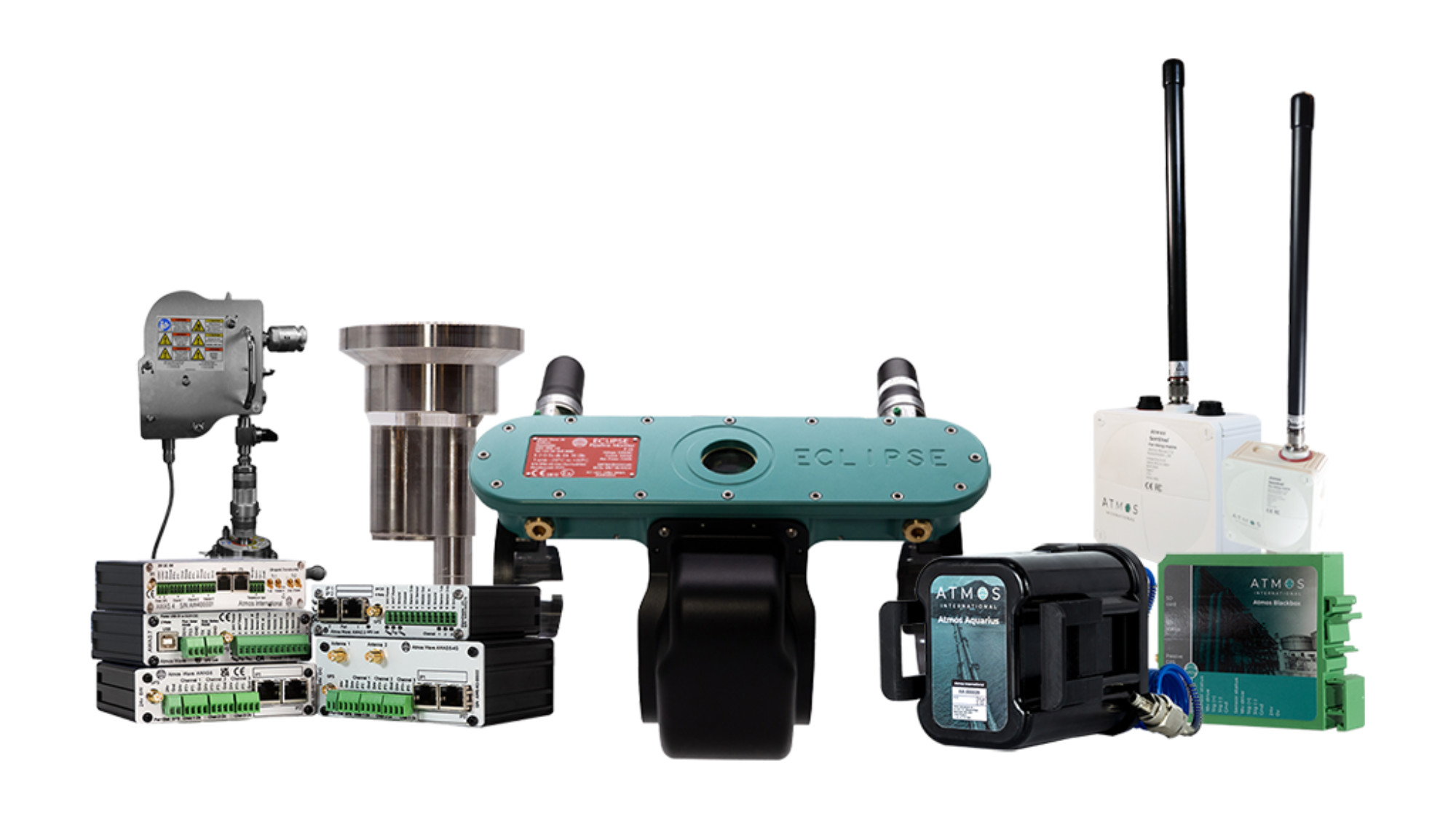Atmos International was originally founded in 1995 with a primary focus to detect pipeline leaks reliably on operational pipelines. This technology has been successfully applied to over 2,000 pipelines across more than 60 countries.
As the challenges across the oil, gas, chemical, water, aviation and mining industries continue to grow, so does their technology. Their in-house R&D team continues to innovate for better performance and to reduce the cost of deployment, making it possible for every pipeline to have the best integrity monitoring tools.
The company is driven to deliver the best possible technology and service to clients. Atmos’ ongoing development in software, hardware and non-intrusive instrumentation supported by their excellent customer service is helping pipeline operators across the world to have more sensitive and accurate solutions all the time.
Interview with Martin Duff, Business Development Director for water at Atmos International.
What innovative products, services, or solutions has your company launched this year—or plans to launch by early next year?
Martin Duff: Current launches
Atmos Sentinel models: Developed in response to challenges found during deployments on rising sewer mains, this product is a cost-efficient alternative to larger systems, delivering reliable leak and rupture detection tailored to the wastewater environment.
Future launches
Future launches include a portable, battery-powered ultrasonic flow meter with integrated 4G communications. Designed to simplify flow measurement across water networks, it combines metering, data logging, edge processing and communication into a single cost-effective unit, targeting a lower price point than existing technologies.
Another upcoming launch is a compact internal pipeline inspection device that captures temperature, pressure, acoustic and magnetometry data to identify a range of pipeline problems such as existing leaks, water ingress and pipe wall thickness deteoriation. It’s an affordable alternative to higher-cost tools.
A comprehensive, web-based digital interface with embedded processing capabilities is also coming up. It serves as the central platform for edge-processed leak detection data, now in beta release with a UK water utility.
What market needs or customer challenges are these innovations aiming to address?
M.D: Across the UK and Europe, the spotlight focuses on reducing pollution incidents, especially from rising sewer main bursts and CSO (combined sewer overflow) spills. These areas have historically received less investment compared to clean water systems.
Atmos’ innovations tackle:
- The regulatory push toward zero pollution incidents by 2030 (an AMP8 objective)
- The need for greater network visibility, particularly in locations where permanent flow meters are impractical
- The challenge of identifying dynamic leaks that open and close, evading traditional leak detection methods
- The lack of real-time operational insight in wastewater networks

How have recent innovations impacted your operations, product offering or customer experience?
M.D: The shift in regulatory and industry focus has led Atmos to expand beyond its traditional oil and gas expertise, diving deeper into clean water and wastewater solutions.
This evolution has resulted in:
- A diversified product portfolio focused on pressurized and non-pressurized water networks
- New algorithm development for pressure decay analysis and single-sensor leak identification and location
- Enhanced customer engagement, as utilities adapt their internal workflows to act on more rapid and granular leak alerts
This growth in product and purpose is reshaping not just Atmos’ offering, but also how customers approach their networks.
Which technologies or methods have played a key role in delivering these innovations (e.g., AI, automation, digital platforms, new materials)?
M.D: Key enablers of Atmos’ water-sector advancements include:
- Machine learning: used in pressure decay algorithms to predict leak locations using brief “shut-in” data windows
- Edge processing: embedded data processing provides automatic on-site data interpretation and reduces data transmission costs
- Sensor integration: combining acoustic, temperature, pressure and magnetic sensors to improve data quality and detection reliability
- Digital platforms: Atmos’ upcoming web-based digital interface for water sector customers consolidates edge-processed data and presents real-time alerts and analytics to operators
Have you introduced any innovation that contributes directly to sustainability, efficiency or reduced environmental impact?
M.D: Wastewater-focused products like Atmos Sentinel models and our upcoming internal pipeline inspection device that measures magnetometry data directly support environmental sustainability by identifying and mitigating pollution incidents before they escalate. This aligns with the UK’s push for zero pollution outcomes and helps reduce river and coastal contamination.
On the clean water side, early leak detection means reduced water loss, helping utilities to operate more efficiently, conserve resources and reduce the energy footprint of their operations.
Are there specific industries, regions or customer segments you are targeting with these innovations?
M.D: Atmos is currently focused on UK clean water and wastewater, but demand is growing rapidly across Europe, especially in countries like Italy where regulations are closely following the UK model. Future expansion is envisioned globally, with the wastewater pipeline industry as the primary vertical.

What was the feedback received from clients that has influenced the development of your recent or upcoming solutions?
M.D: Client feedback has been central to our product development:
- Our portable, battery-powered ultrasonic flow meter with integrated 4G communications was created following a request from one of Atmos’ partners who needed an all-in-one, lower-cost solution for hydraulic analysis studies
- Atmos Sentinel originated from field deployment learnings with a UK water utility, where initial plans to use existing tools proved impractical
- The broader insight platform was shaped through weekly review cycles with a UK water utility, helping enhance it for real-world usability
How do the products/solutions help improve client efficiency or productivity?
M.D: Atmos’ technology provides early warning signals for leaks and anomalies, often before they are visible to field operators. This advanced notice gives water companies the opportunity to respond quickly and proactively, avoiding costly environmental damage and reducing regulatory fines.
Importantly, these alerts deliver new operational insight into networks that have historically lacked information, allowing clients to strategically allocate resources, reduce emergency callouts and build more efficient response plans.
What products/solutions do you believe will be industry highlights in 2025?
M.D: Atmos Sentinel: positioned to transform wastewater leak detection as a cost-effective, high-impact solution
Internal pipeline inspection device: offers a unique multi-sensor inspection solution that undercuts existing internal inspection tools in price and versatility
Ultrasonic flow meter: expected to become a widely adopted portable flow meter, enabling hydraulic data collection at more points, more often and at a lower cost.


